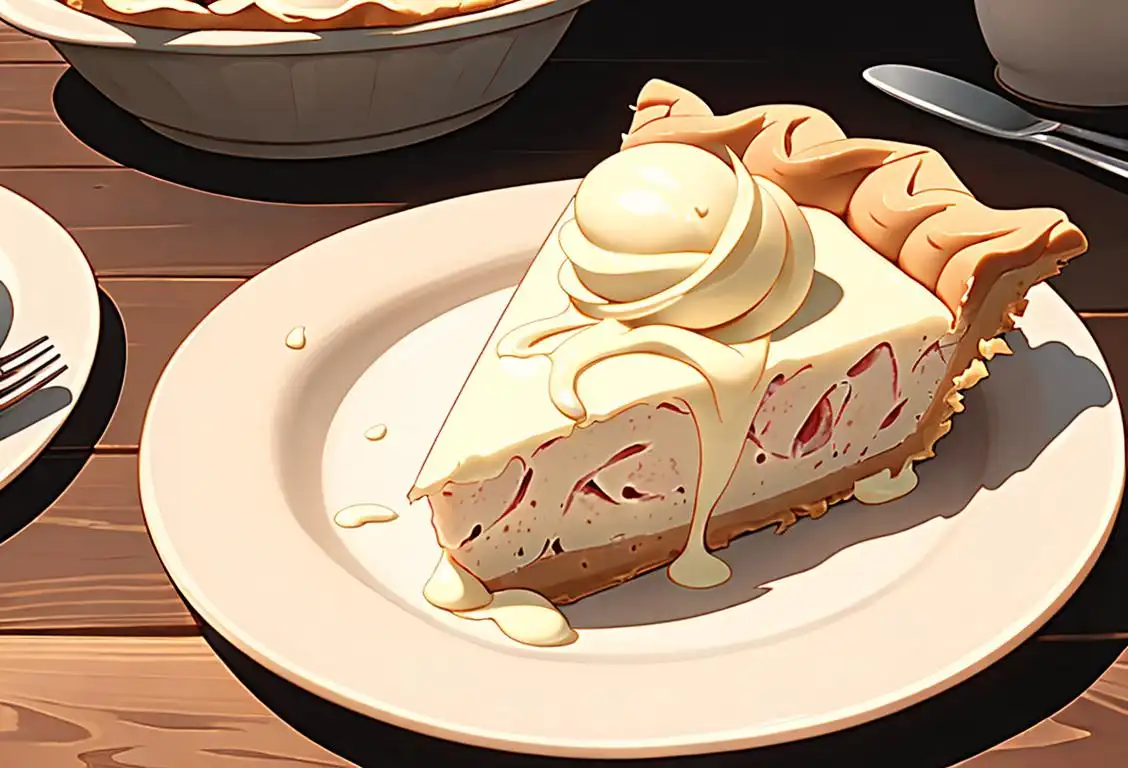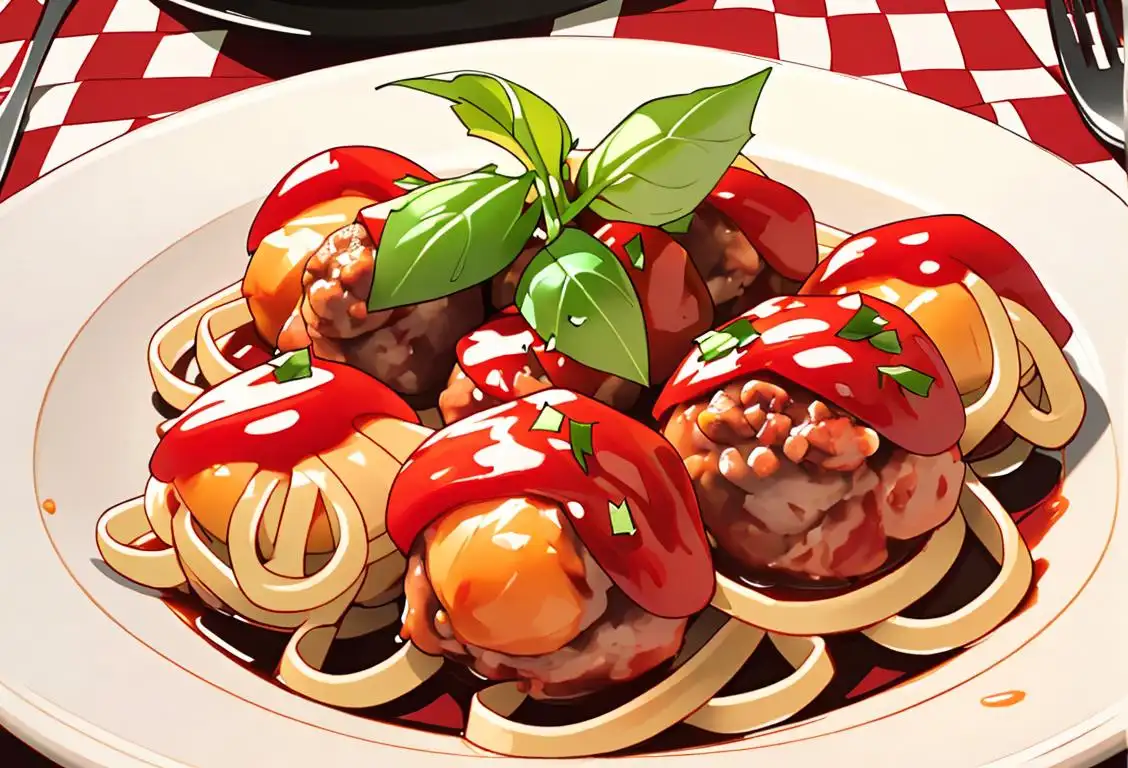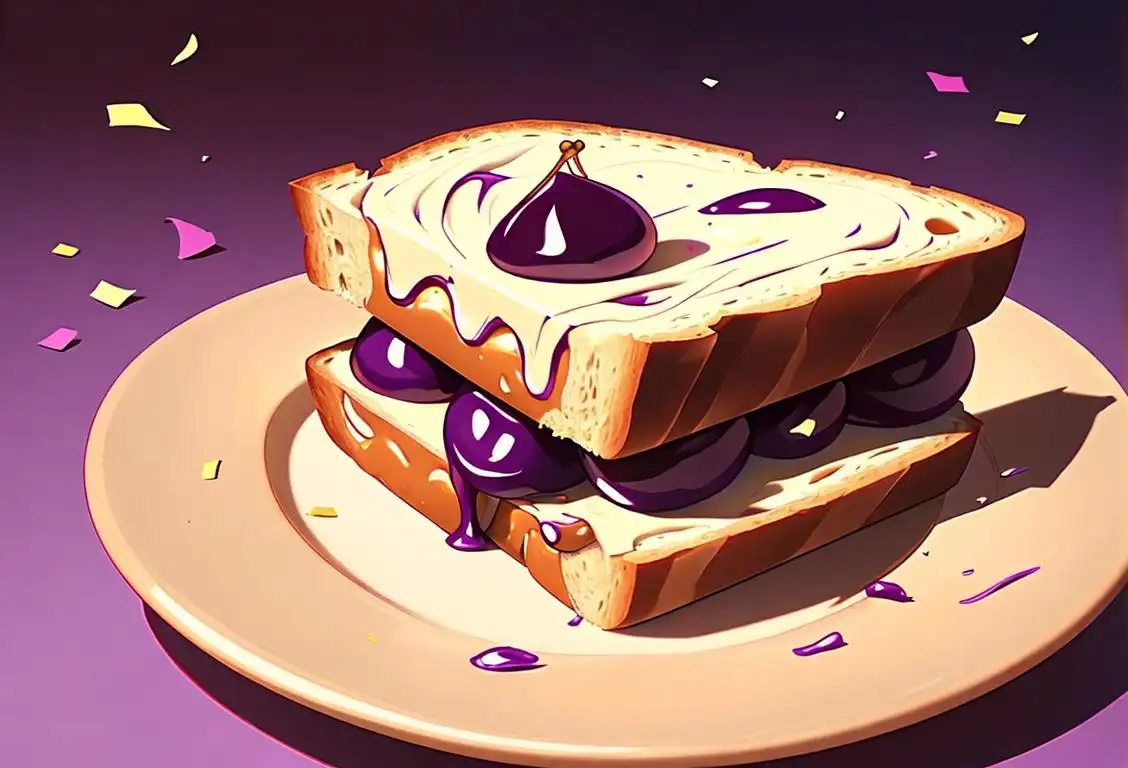National Pie Day

Ever wondered why your social media feeds were suddenly bursting with pictures of fluffy, delicious pies on a seemingly random day in January? Well, my friend, it's not a grand coincidence but a celebration of National Pie Day. A lip-smacking, mouth-watering day dedicated to all things pie, from apple to rhubarb and everything in between.
When is Pie Day?
It's national pie day on the 23rd January.
Every Pie Tells a Story
Fun Fact: National pie day is not your average 'created by a marketing agency to sell more products' kind-of-day. It was actually created by a school teacher named Charlie Papazian, because he was such a pie-lover that he dedicated his birthday, the 23rd of January, to celebrate it every year. That's one way to make sure you'll always get a pie on your birthday.
2018: A Year to Remember
And Papazian is not the only pie fan out there. According to our records, National Pie Day reached its peak popularity on 23rd January 2018 with a whopping 33,081 mentions online. Whether it was people sharing their favorite recipes, bakeries showcasing their specialties, or emotional stories about grandma's secret pie recipe, everyone contributed fervently to this crusty, sweet online jamboree.
Pies Around the World
Interestingly, pies are not a strictly Western phenomenon. There are variations of pies from all around the world. Tuck into Britain's steak and kidney pie, Turkey's börek, India's samosa, or Argentina's empanada, and you'll realize the universal love for enclosing yummy ingredients inside a flaky, tender crust.
Join the Pie Party
Now that you know about National Pie Day, why not partake in next year's celebration? Bake your favorite pie, share a picture online, or just grab a slice at your local bakery. Nothing says 'celebration' better than a buttery crust and a filling that warms your heart.
History behind the term 'Pie'
Ancient Egypt (2500 BCE)
Genesis of the Galette
The concept of pie can be traced back to the ancient Egyptians, who first combined crushed grain mixed with honey and formed it into a simple crust. This early precursor to pie was known as 'galette'. It was commonly prepared by filling the crust with various fruits, nuts, or meat.
Ancient Greece (5th-4th century BCE)
Pies Fit for the Olympians
The ancient Greeks were famous for their love of pie-like dishes and their culinary advancements. Greek pies were named 'artocreas', which means 'bread meat' and were typically filled with meats like chicken, pork, or lamb along with vegetables like onions and herbs. These early Greek pies had a pastry shell that was often discarded after baking.
Medieval Europe (13th century)
Pie Comes to the Crusaders
During the Crusades, European crusaders returned home with a taste for Middle Eastern cuisine. This influence led to the adoption of pie-making techniques in Europe. Pies with more elaborate fillings, including fruits, nuts, and spices, became popular among the European elite.
Renaissance (14th-17th century)
The Renaissance of Pies
In the Renaissance era, pie making soared to new heights. The advent of better ovens and pastry techniques allowed for more intricate and decorative pie crusts. Pies were not just a savory delight but were also embraced as a form of culinary art, with elaborate shapes and designs crafted on the crusts.
The New World (17th-18th century)
Pie Crosses the Atlantic
Pies made their way across the Atlantic to the New World with the early European settlers. American settlers quickly adopted pie making, adapting old-world recipes using local ingredients, such as pumpkin for sweet pies and berries for fruit pies. Pie became an integral part of American cuisine.
19th-20th century
Pie's Iconic Status in America
Pie gained iconic status in America during the 19th and 20th centuries. It became deeply embedded in American culture, often associated with comfort, home cooking, and family gatherings. Pie-making contests and festivals formed a significant part of social life, further solidifying its place in American traditions.
Did you know?
In the 19th century, American pioneers ate pies for breakfast. Iosif Ivanovici's popular waltz Waves of the Danube was also famously known as The Pie Waltz.Tagged
awareness food fun rememberanceFirst identified
11th March 2015Most mentioned on
23rd January 2018Total mentions
33081Other days
Meatball Day
Fast Food Day
Shrimp Day
Biscuit Day
Peanut Butter And Jelly Day
First Responders Day
Cheese Lovers Day
Agriculture Day
Pumpkin Day
Trivia Day









